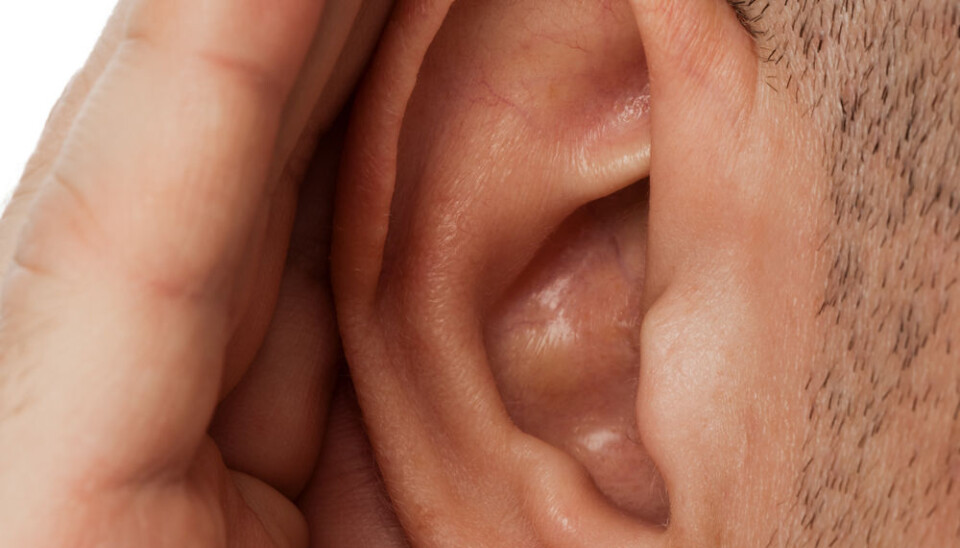An article from Norwegian SciTech News at NTNU

Gene therapy for ears
Gene therapy may someday in the future replace the use of implants in deaf people. The carrier for this gene medicine may be derived from shrimp shells.
Denne artikkelen er over ti år gammel og kan inneholde utdatert informasjon.
Normal hearing depends on the presence of healthy hair cells in the inner ear. Gene therapy has the potential to slow the loss of hair cells and promote the growth of hair cells that have already been damaged.
In gene therapy, genetic material – DNA or RNA – is transported by a carrier to cells to provide instructions for and replace damaged genes. The carrier must protect its genetic package and help it make its way through the membranes that protect cells and their surroundings. The carrier should also be able to transport the genetic material right to the cells that need help.
For the first time ever, chitosan nanoparticles have been used as a carrier for gene therapy in the ear. Chitosan is produced from shrimp shells.
“Gene therapy may someday be an alterna¬tive to using surgery to implant CI, cochlear implants, in the deaf and hard of hearing,” says Sabina Strand, at NTNU’s Department of Biotechnology.
Basic research promising
Strand studies the use of chitosan in gene therapy, and conducted this basic research, now ended, in cooperation with the Karolinska Institutet in Sweden. Here, researchers attempted to use chitosan as a carrier to deliver drugs and genes to the inner ear in guinea pigs.
Chitosan was able to deliver drugs through the membrane that covers the tiny gap between the middle ear and inner ear. Chitosan was also able to deliver genes to the hair cells. Whether or not the results from guinea pigs can be transferred to human ears remains uncertain.
“However, chitosan is non-toxic and is not harmful to cells. Chitosan is therefore better than other carriers and has characteristics that mean it could potentially be used with patients,” says Strand.
Tidy packages
Chitosan is produced from powdered shrimp shells. Acid removes salts, minerals and calcium carbonate. Strong alkalis and heat remove proteins. What remains is chitosan.
Extremely small nanoparticles in the range of 50-200 nm (nanometres) are formed spontaneously when the positively charged chitosan and negatively charged genes are mixed. Chitosan does a good job packaging up DNA and RNA’s relatively large molecules.
Tailored therapy
In the body, chitosan attaches itself to molecules, cells and membranes. When the nanoparticles have passed through a membrane, chitosan packages up the gene molecules so they return to their normal size again. Chitosan also creates gaps between cells, which facilitate the absorption of medicine.
Different forms of gene therapy require nanoparticles with different properties. The properties of nanoparticles are controlled by the way in which researchers tailor the chitosan structure, its molecular size and 3D architecture. But whether or not researchers will find the perfect mix of medicines for our ears and hair cells remains to be seen – and heard.






























